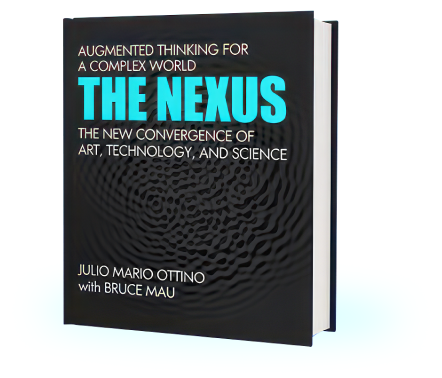It is a wonderful honor to be recognized by your peers. I would like to thank the committee for awarding me the Fluid Mechanics Prize for the year 2008. I would like to thank those who nominated me for this award and also express my deep gratitude to my collaborators and students over the years; thanks to them all. I greatly appreciate being selected.
There is a significant benefit associated with this award and it is that the accompanying Otto Laporte Lecture gives the recipient of the Fluid Mechanics Prize a wonderful platform to address peers across topics. So let me start by stating my objective.
The implicit expectation in these kinds of talks, and the requisite written text that follows, is to explain what one has done, in my case, according to the citation, to go over “chaotic mixing and mixing and segregation in granular flow.” The temptation is therefore to summarize a career or, at least, a big part of it. I want to do something else. I want to go into elements of why and how rather than explaining simply the what. That is, I will focus briefly on why I did what I did and what were the surrounding ideas that influenced me, rather than simply presenting the final results. This will allow me to make general observations about scientific imagination, the role of collaborators and environment, creative processes in general, and even about how science evolves. I believe that these are issues of interest to people in the Division of Fluid Dynamics and to the readers of Physics of Fluids, but are topics which one has rarely the opportunity to discuss in this forum. Moreover, and this is the main motivation for my point of view, I believe that a broadly construed why and how perspective holds significant lessons, lessons which go far beyond my specific work.
